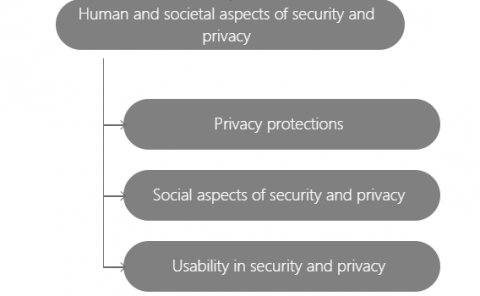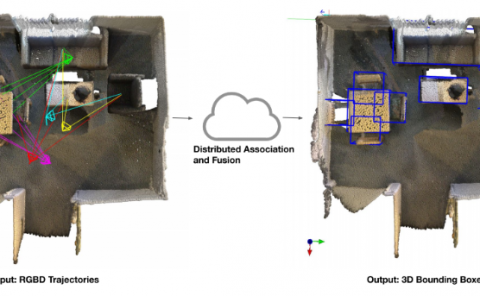Topology of Surface Electromyogram Signals: Hand Gesture Decoding on Riemannian Manifolds
PubDate: Nov 2023
Teams: University of California
Writers: Harshavardhana T. Gowda, Lee M. Miller
PDF: Topology of Surface Electromyogram Signals: Hand Gesture Decoding on Riemannian Manifolds

Abstract
Decoding gestures from the upper limb using noninvasive surface electromyogram (sEMG) signals is of keen interest for the rehabilitation of amputees, artificial supernumerary limb augmentation, gestural control of computers, and virtual/augmented realities. We show that sEMG signals recorded across an array of sensor electrodes in multiple spatial locations around the forearm evince a rich geometric pattern of global motor unit (MU) activity that can be leveraged to distinguish different hand gestures. We demonstrate a simple technique to analyze spatial patterns of muscle MU activity within a temporal window and show that distinct gestures can be classified in both supervised and unsupervised manners. Specifically, we construct symmetric positive definite (SPD) covariance matrices to represent the spatial distribution of MU activity in a time window of interest, calculated as pairwise covariance of electrical signals measured across different electrodes. This allows us to understand and manipulate multivariate sEMG timeseries on a more natural subspace -the Riemannian manifold. Furthermore, it directly addresses signal variability across individuals and sessions, which remains a major challenge in the field. sEMG signals measured at a single electrode lack contextual information such as how various anatomical and physiological factors influence the signals and how their combined effect alters the evident interaction among neighboring muscles. As we show here, analyzing spatial patterns using covariance matrices on Riemannian manifolds allows us to robustly model complex interactions across spatially distributed MUs and provides a flexible and transparent framework to quantify differences in sEMG signals across individuals. The proposed method is novel in the study of sEMG signals and its performance exceeds the current benchmarks while maintaining exceptional computational efficiency.


